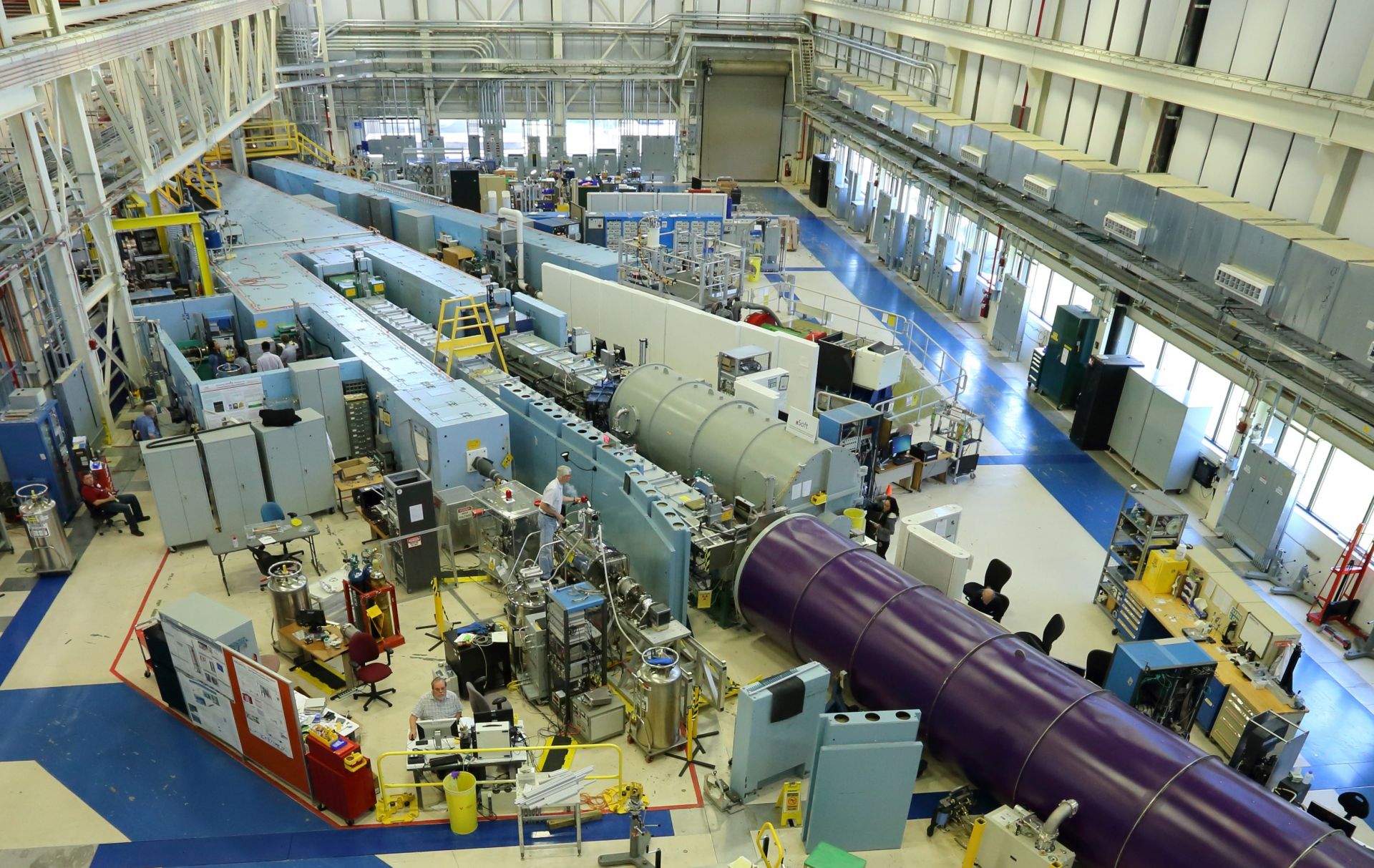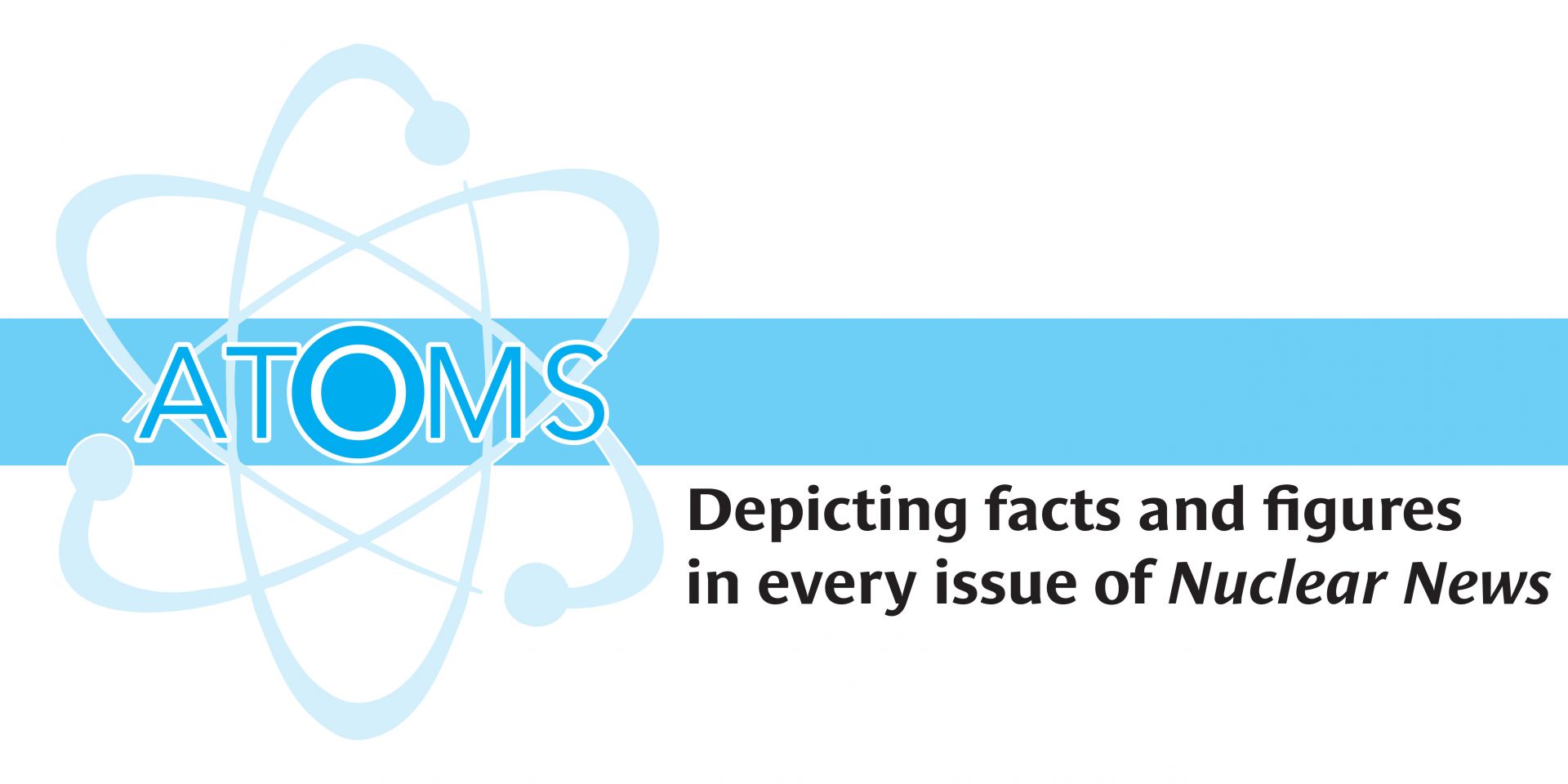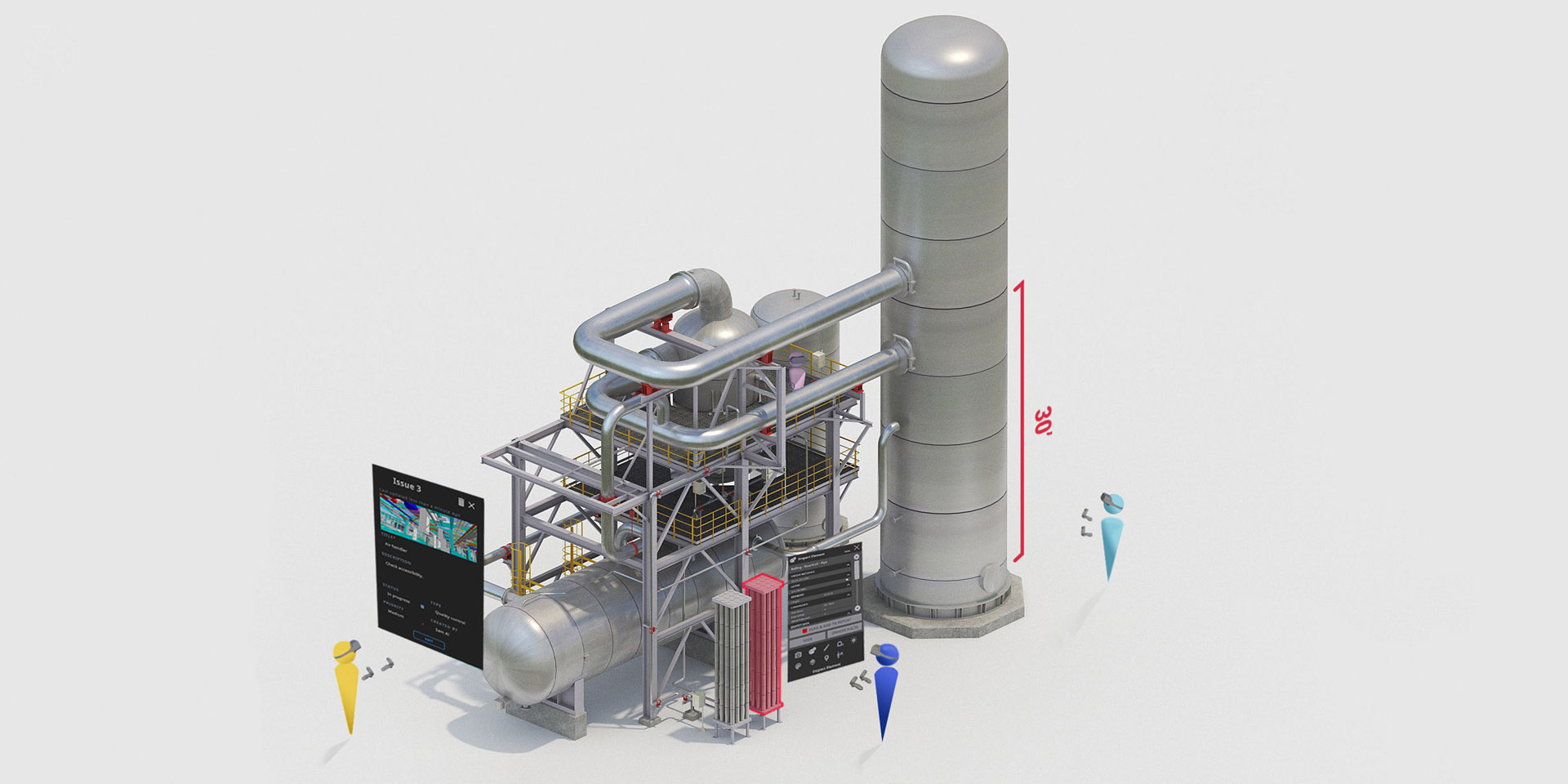N.C. lawmakers trample veto of bill promoting nuclear energy
The North Carolina General Assembly has overridden Gov. Roy Cooper’s October 2 veto of S.B. 678—a measure aimed at incentivizing the development of nuclear power facilities in the state.

A message from NV5, Inc.
Seconds Matter: Rethinking Nuclear Facility Security for the Modern Threat Landscape
The North Carolina General Assembly has overridden Gov. Roy Cooper’s October 2 veto of S.B. 678—a measure aimed at incentivizing the development of nuclear power facilities in the state.

Researchers at Idaho National Laboratory have a new experimental tool to study nuclear fuel under simulated loss of coolant accident (LOCA) conditions in INL’s Transient Reactor Test (TREAT) Facility. A specialized experiment holder called a TWIST capsule holds a fuel sample surrounded by water, which can rapidly drain away during testing, simulating loss of coolant in a light water reactor environment.

The New Mexico Environment Department (NMED) signed a final order approving a 10-year permit renewal for the Waste Isolation Pilot Plant (WIPP), the nation’s deep geologic repository for defense-related transuranic (TRU) waste.

Ken Petersen
president@ans.org
I have jumped on the fusion power bandwagon! Power from fusion is going to happen. When I look at it, there are several factors that reinforce this. Technology has advanced and moved from basic science/research to engineering solutions. Several breakthroughs in supportive technologies have made fusion power plants a possibility. Finally—and most importantly—the private sector is heavily involved and investing to help move engineering solutions forward. This has resulted in a few dozen fusion companies developing different technologies with the same power generation goals. It is very reminiscent of the development of LW fission reactors in the 1950s and ’60s.
Technology has advanced in regard to materials and especially high-temperature superconducting magnets, high-energy lasers, and computer modeling. These improvements have allowed machines to become smaller and achieve the density, temperature, and time needed for fusion to occur.

The International Atomic Energy Agency has released the 2023 edition of its annual look at nuclear’s prospects in the coming decades—Energy, Electricity and Nuclear Power Estimates for the Period up to 2050—revising its global growth projections upward for a third consecutive year.
The Department of Energy’s Office of Environmental Management said a new regulatory partnership framework established in recent years by the Oak Ridge Office of Environmental Management (OREM), its contractor United Cleanup Oak Ridge (UCOR), the Environmental Protection Agency, and the Tennessee Department of Environment and Conservation (TDEC) is ushering in a new chapter of accelerated cleanup at the department’s Oak Ridge Reservation in Tennessee.

Following the February 2021 radiation release at the National Institute of Standards and Technology (NIST) resulting from a fuel failure in the 20-MWt NIST Center for Neutron Research (NCNR) research reactor, NIST investigated the root cause of the incident and developed corrective actions. The Nuclear Regulatory Commission’s probe of the incident found apparent violations and resulted in a confirmatory order issued in August 2022.

Matt Rasmussen
Do you remember the days when nuclear was a contractor’s dream? When craftworkers could work outages every fall and spring at a high wage and make enough to take summers off? When companies had to turn down craftworkers looking for outage work because there were more people than positions? Well, those days are far behind us. How many of us struggle every year to fill our outage billets for pipefitters, boilermakers, and electricians? How many of us see return rates of less than 50 percent for some sites?
Industrial growth and demand in the United States have skyrocketed over the past 10 years in no small part due to our ability to provide reliable and low-cost power. The Tennessee Valley region’s population is growing at three times the national average. Nashville is growing at the rate of one Chattanooga—that is, 180,000 people—every four years.

The Nuclear Waste Management Organization, the not-for-profit organization responsible for managing Canada’s spent nuclear fuel, said it will begin developing a plan for a consent-based siting process for a deep geologic repository for intermediate-level and nonfuel high-level radioactive waste.
Standard Power, a provider of infrastructure as a service to advanced data processing companies, has chosen NuScale Power as the technology provider for its plans to develop two small modular reactor–powered facilities in Ohio and Pennsylvania to run nearby data centers, the Portland, Ore.-based SMR developer announced on October 3.

Maintenance can mean no more than keeping the status quo. But plant maintenance programs at U.S. nuclear power plants do that and then some. Even the programs are themselves maintained and improved—and so a long-lived nuclear fleet has improved with time. Read on.
Through its Minority Serving Institution Partnership Program (MSIPP) and Tribal Education Partnership Program (TEPP), the Department of Energy’s National Nuclear Security Administration has awarded five grants totaling $2.5 million to minority-serving institutions (MSIs) and tribal colleges and universities (TCUs).

Georgia Power, primary owner of the Vogtle nuclear plant, announced last Friday that it will pay $413 million to settle a lawsuit brought against it last year by plant co-owner Oglethorpe Power Corporation.

Craig Piercy
cpiercy@ans.org
Here we go again: Another “workaround” on U.S. nuclear waste policy just got shot down in a federal courtroom. On August 25, the 5th U.S. Circuit Court of Appeals found that the Nuclear Regulatory Commission lacked the authority to grant a license to Interim Storage Partners LLC (read: Waste Control Specialists) to accept and store up to 5,000 tons of used nuclear fuel at its proposed facility in Andrews County, Texas. Writing for the court, U.S. circuit judge James Ho found that “the Nuclear Waste Policy Act (NWPA) creates a comprehensive statutory scheme for addressing spent nuclear fuel accumulation. The scheme prioritizes construction of the permanent repository and limits temporary storage to private, at-the-reactor storage or at federal sites. It plainly contemplates that, until there’s a permanent repository, spent nuclear fuel is to be stored onsite at-the-reactor or in a federal facility.”
This decision is not necessarily a knockout blow. The court’s reading of the law is, well, novel. Other appeals courts have recognized the NRC’s authority to license away-from-reactor storage, and the Supreme Court is likely to weigh in. But given the current high court’s proclivities on “textualism” and the Chevron doctrine, we shouldn’t consider it a slam dunk.

Holtec International has taken another step on the arduous stairway to Palisades resurrection, announcing last Friday that it has filed with the Nuclear Regulatory Commission to “formally begin the process of seeking federal reauthorization of power operations” at the Covert Township, Mich., facility.

Rafael Mariano Grossi, director general of the International Atomic Energy Agency, officially opened the IAEA Nuclear Security Training and Demonstration Centre during an October 3 ceremony at the agency’s Seibersdorf laboratories in Austria. Representatives of 45 countries and territories were in attendance.

A digital twin is a virtual replica of a real system or physical asset. It is a trusted data source containing vital information about an asset, which could include dimensions, relevant manufacturer information, operations history, and maintenance records. To realize the maximal benefit from a digital twin at a nuclear power plant, for example, it must evolve as the facility is designed, constructed, and operated. Some general attributes and the resulting benefits of a digital twin follow:
It integrates information to a single location | → | Ease of access |
It connects to the physical asset | → | Continuous monitoring |
It dynamically learns and updates | → | Evolves with the asset |

Southern Company, TerraPower, and Core Power (a U.K.-based firm focused on developing nuclear technologies for the maritime sector) have commenced pumped-salt operations in the Integrated Effects Test (IET) facility, the Atlanta, Ga.-based utility announced Tuesday, marking another milestone in the development of TerraPower’s first-of-a-kind, Generation IV Molten Chloride Fast Reactor (MCFR).
The Nuclear Regulatory Commission on October 4 made available preliminary proposed rule language for the licensing and regulation fusion energy systems. The proposed rulemaking, which would amend parts 20, 30, and 51 of Title 10 of the Code of Federal Regulations, would provide a limited-scope, technology-inclusive regulatory framework for a broad array of fusion systems currently under development.

The American Nuclear Society’s largest and most anticipated annual event, the Winter Conference and Expo, will take place November 12–15 at the Washington Hilton in Washington, D.C.
This year’s theme is “Maintaining the Momentum,” which suits nuclear energy’s current moment in the spotlight. In the last few years, public investment in both new and existing nuclear technology has expanded alongside a rise in public support and acceptance. Now is the perfect time for the nuclear industry to seize this momentum by coming together to maintain current nuclear plants, expand the nuclear workforce, strengthen supply chains and infrastructure, increase public and private sector investments, and continue to advocate for the benefits of nuclear power.